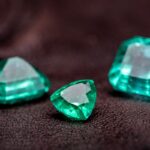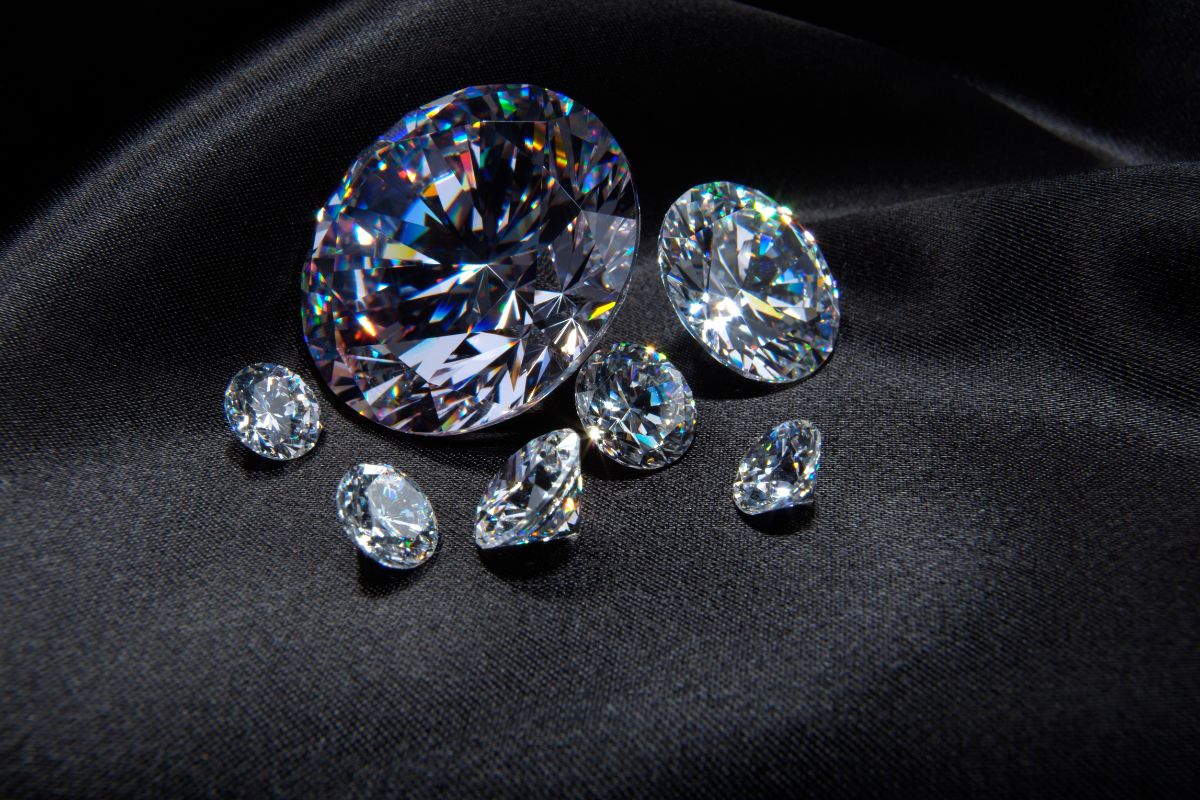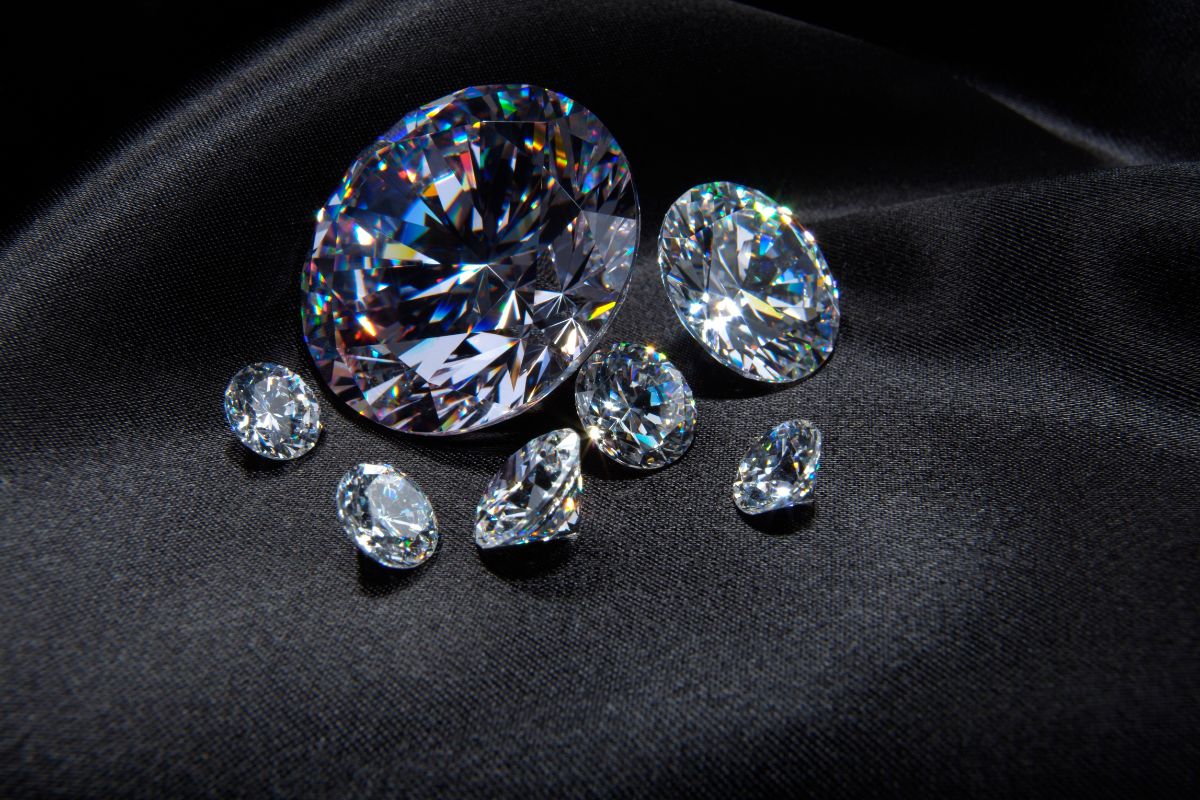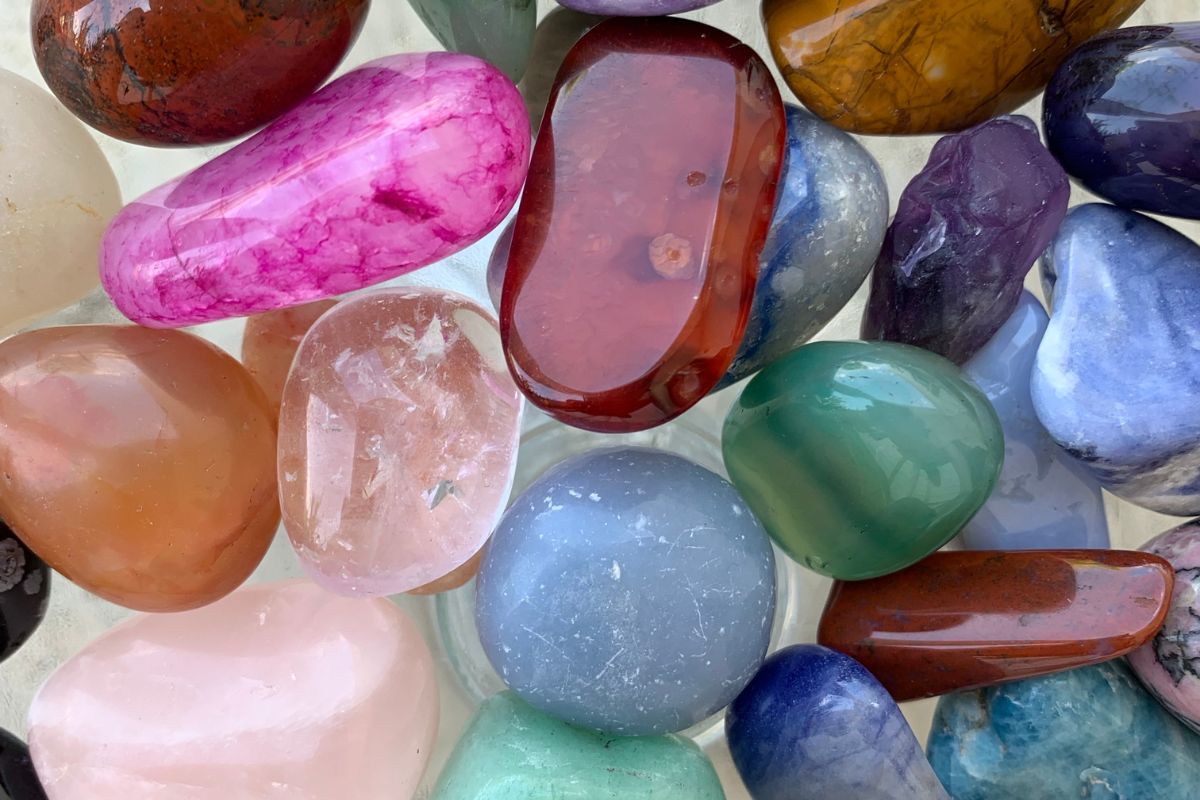Two of the most beautiful gemstones in the world: emeralds and diamonds. A comparison between the two could seem like comparing oranges to apples. Although, despite their differences, these two gemstones are more similar than you may think.
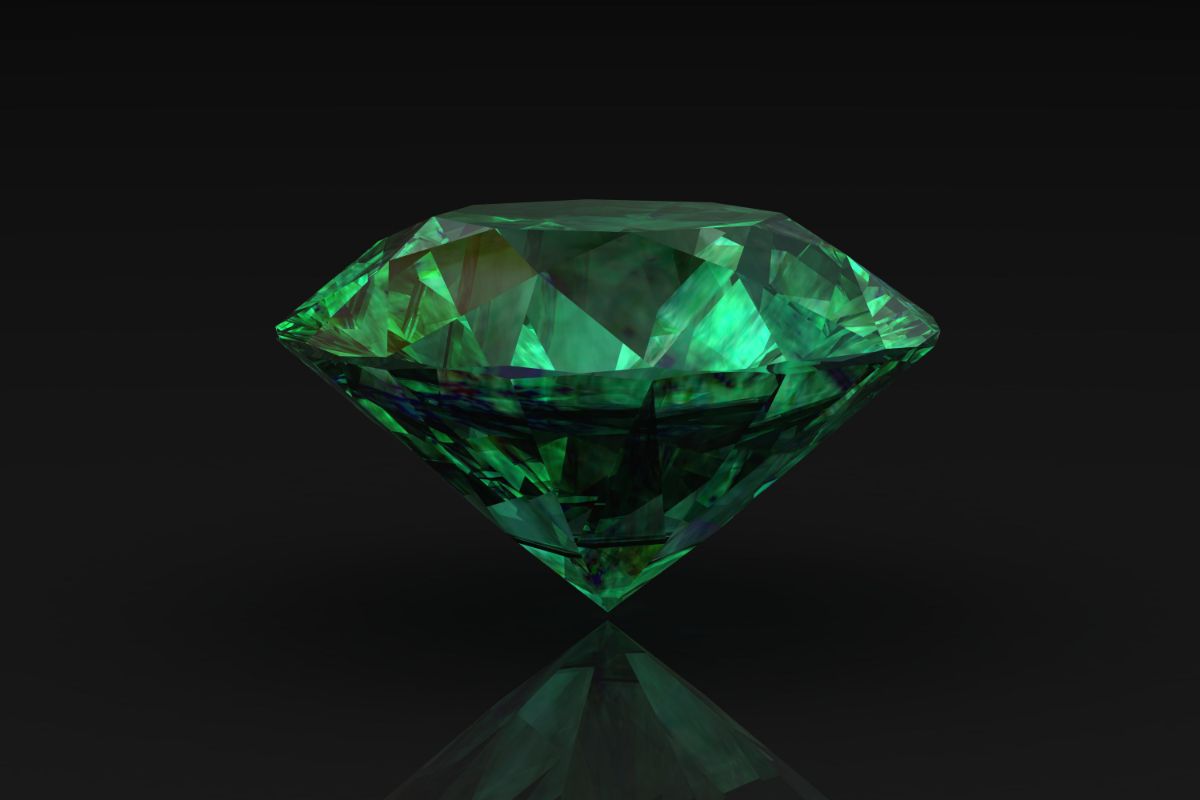
Different gemstones are typically compared in terms of their sparkle, color, hardness, brilliance, cut, clarity, and price.
With this in mind, in this article, we will compare emeralds and diamonds using these discerning factors to determine which one is the best overall.
Let’s get straight into it!
Sparkle
The sparkle of a particular gemstone is the result of many different properties working together. Hence, each sparkle in a particular gem is unique.
Different types of sparkles are reserved for different gemstones. When looking at diamonds, the surface provides additional scintillation to the sparkle – providing them with a higher-than-average sparkle.
On the other hand, emeralds shouldn’t contain any sparkle at all. While there may be subtle fire effects on the surface of the emerald when exposed to illumination, usually there isn’t much sparkle.
Therefore, if an emerald has a sparkle closer to a diamond, it means the quality is lower overall.
When it comes to the desired sparkle, this is generally a personal preference. However, when looking at how sparkle can influence the value, generally speaking, the more complex a diamond’s sparkle, the more precious it is.
Color
When it comes to discerning these two gemstones, the first thing that comes to mind is color. In fact, when thinking of a particular gemstone, people associate them with the perfect coloration.
For instance, emeralds should feature a stunning, deep green color. Whereas diamonds should be crystal clear.
While these gemstones contain different colors, they remain similar in the fact they have become synonymous with their color.
Therefore, these crystals can be compared in terms of color appearance. For example, the deeper the emerald green shade, the higher the carat value is.
A perfect emerald will value out to tens of thousands of dollars per carat simply due to the scarcity. Whereas an extremely clear diamond is valuable, although less rare.
Therefore, the perfect diamond is typically valued at half of that of a ‘perfect’ emerald. So, in terms of color, emeralds are more precious than diamonds.
Hardness
Hardness is one of the easiest categories to determine the differences between emeralds and diamonds. For instance, a defining straight for diamonds is their extreme harness.
When determining a particular hardness of a gemstone, the Mohs Scale of Hardness is used. On top of this ranking, you’ll find a diamond – containing a Mohs rating of 10.
Comparatively, diamonds sit on this scale at 7.5 to 8. Due to emeralds variability, the score can shift slightly in favor of harder variants.
That being said, you should keep in mind that hardness isn’t directly connected with durability. Hence, durability is much more important than the probability of discovering it in nature.
Therefore, when comparing emeralds and diamonds in terms of hardness, diamonds come out on top. This means that diamonds are simply easier and more practical to wear and showcase than their emerald counterparts.
Brilliance
When comparing emeralds and diamonds, one of the easiest factors to measure is brilliance.
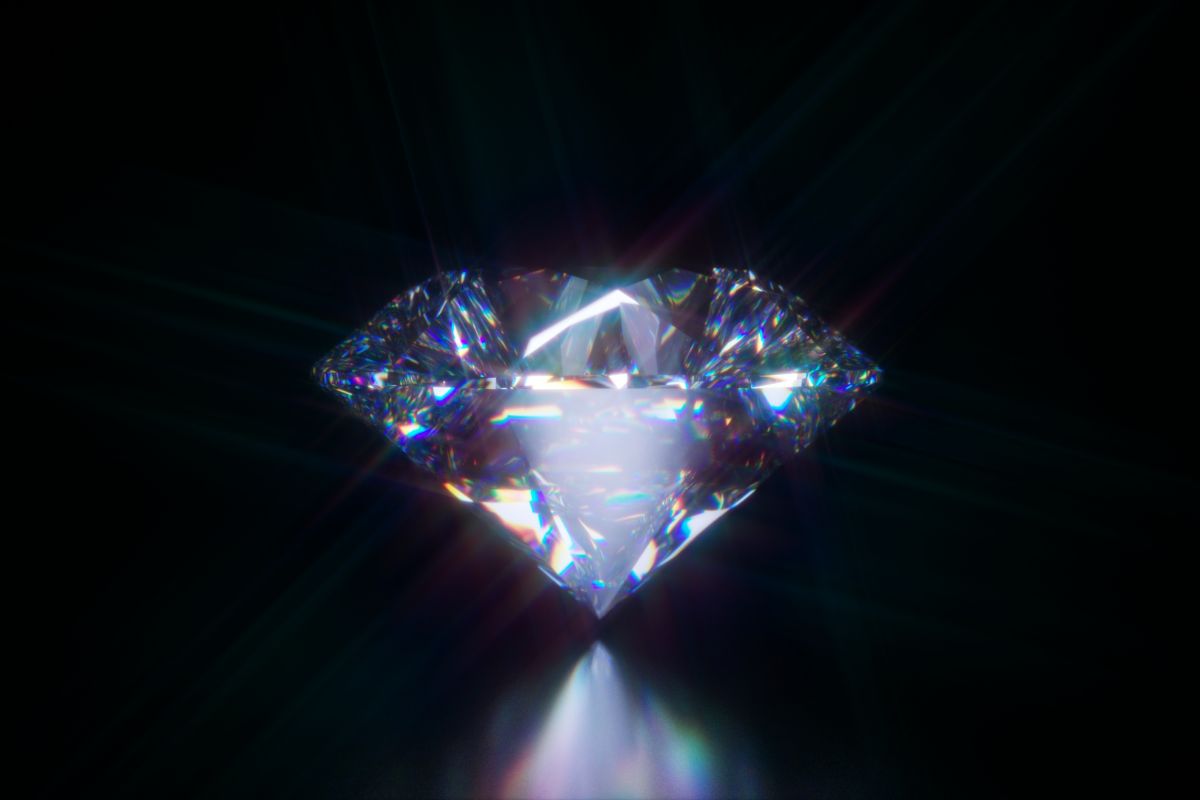
This is measured using general refractive index levels. As its name suggests, an RI value measures how capable something refracts light. Hence, the higher the RI value, the more sparkles a gemstone will produce.
Diamonds contain a decent amount of RI, with an average of 2.4. On the other hand, emeralds contain an average RI of between 1.57 to 1.58.
Hence, diamonds have a higher average RI value. Although, there remain a few factors to consider. If you’re particular about brilliance, then the obvious choice would diamond as they are easy to find.
On the other hand, higher valued emerge are much rarer. Hence, when looking at the overall worth of a gemstone, you should consider the scarcity of a particular trait.
As such, an emerald containing a slightly higher-than-average sparkle would be considered rare than a diamond sitting on the same overall brilliance percentile.
Cut
When looking at a specific gemstone, people usually presume that its shape is the result of nature. However, this couldn’t be further from the truth. In fact, the shape of a gemstone has been created by a talented craftsperson, instead.
Depending on the cut of a gemstone, you can create some beautiful effects in the overall presentation. Although, this is sometimes limited by expectation. For instance, diamonds and emeralds both have standard cuts which people expect when browsing collections.
When looking at the different cuts between diamonds and emeralds, the most notable factor is the particular area of a gemstone.
Generally speaking, an emerald cut will have a much larger surface area than a diamond. However, a diamond usually has a much more complex cut – providing it with more intrinsic value, as opposed to the emerald cut.
Therefore, the value here is given to the diamond since the diamond cut is seldom utilized when it comes to emeralds.
Clarity
This refers to the amount of imperfection found inside a gemstone, otherwise known as inclusions. However, this isn’t something to be worried about. All naturally formed gemstones will contain some levels of inclusions.
However, both emeralds and diamonds contain very different levels of inclusions.
Generally speaking, diamonds tend to have a much higher clarity. Therefore, inclusions are generally only noticeable using a specific form of visual magnification.
On the other hand, emeralds are considered to be the exact opposite. An emerald containing no visual inclusions is extremely rare. And, as such, will increase the overall value exponentially.
Therefore, when considering the clarity of specific gemstones, emeralds should be determined as having the most precious and valuable trait. Thus, making emeralds the winner when looking at clarity.
Price
Now, we have reached the final determining factor in the difference between emeralds and diamonds: price. This is typically evaluated on all the pre-mentioned factors.
Although, this can typically be reduced to averages. Thus, isolating the emerald and diamond discussion to revolve around averages makes carat value the primary metric in this case.
On average, diamonds value at around $500 per carat. On the other hand, the average carat value for a diamond is approximately $3,250.
Although, you should keep in mind that, of course, extremities lie on either end of the emerald/ diamond spectrum.
If an emerald were to contain an exquisite combination of traits, then it could raise the overall value to a maximum of $27,000 per carat. Although, when looking at carat, it’s best to go off the primary average.
Hence, diamonds would be considered more expensive, and thus more precocious than emeralds.
Further reading: How to tell the value of your crystals.
Final Thoughts
Both diamonds and emeralds are two exquisite gemstones, however, you may be wondering which is worth the most.
Well, from considering all the above-mentioned characteristics, we can conclude that diamonds are worth more. It’s true, diamonds are a girl’s best friend, after all.
Hopefully, this guide has detailed the differences between emeralds and diamonds.
- 15 Crystals That Cannot Be Exposed To The Sun - January 7, 2024
- Malachite Vs Fuchsite – Benefits And Uses - January 7, 2024
- Malachite Vs. Green Jasper: Benefits And Uses - January 7, 2024

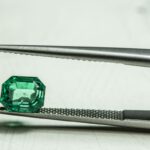
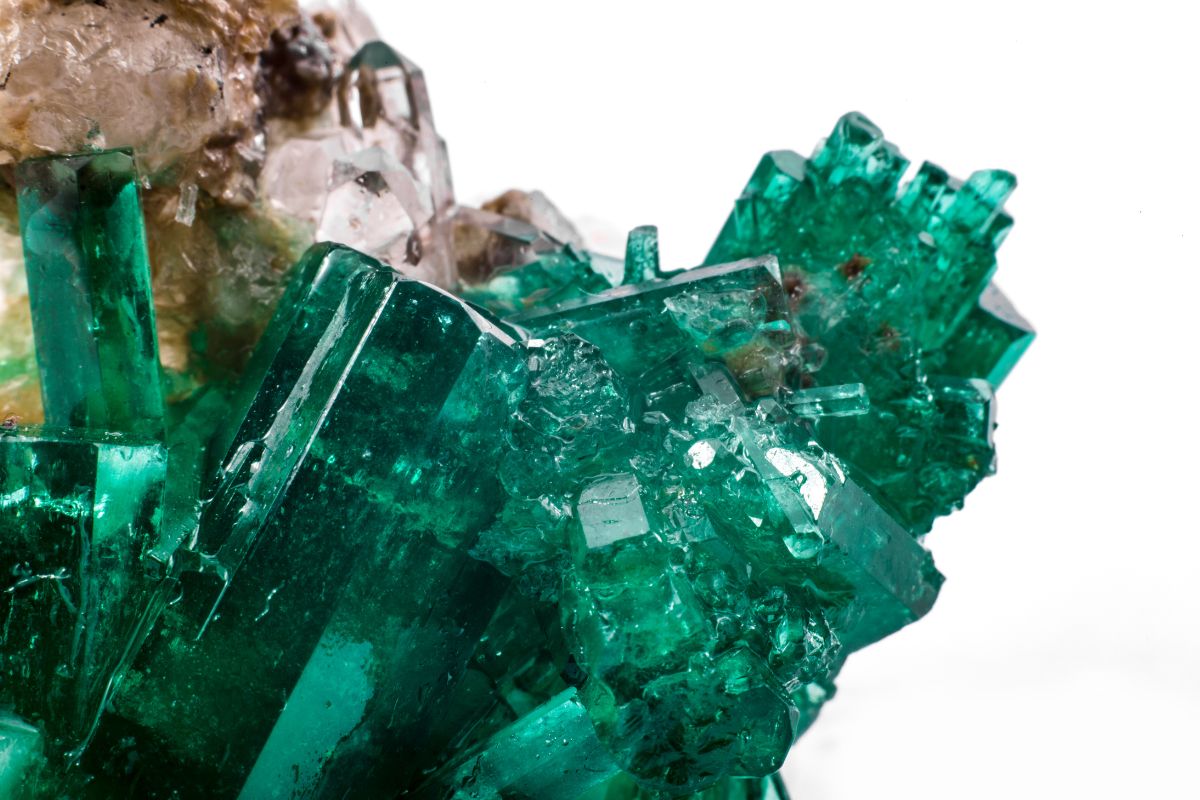

![What Is Emerald Good For [+ How To Use It] What Is Emerald Good For [+ How To Use It]](https://thatcrystalsite.com/wp-content/uploads/2022/12/What-Is-Emerald-Good-For-How-To-Use-It-1.jpg)

![Can Emerald Go In Water? [What You Need To Know] Can Emerald Go In Water? [What You Need To Know]](https://thatcrystalsite.com/wp-content/uploads/2022/12/Can-Emerald-Go-In-Water-What-You-Need-To-Know-1.jpg)
